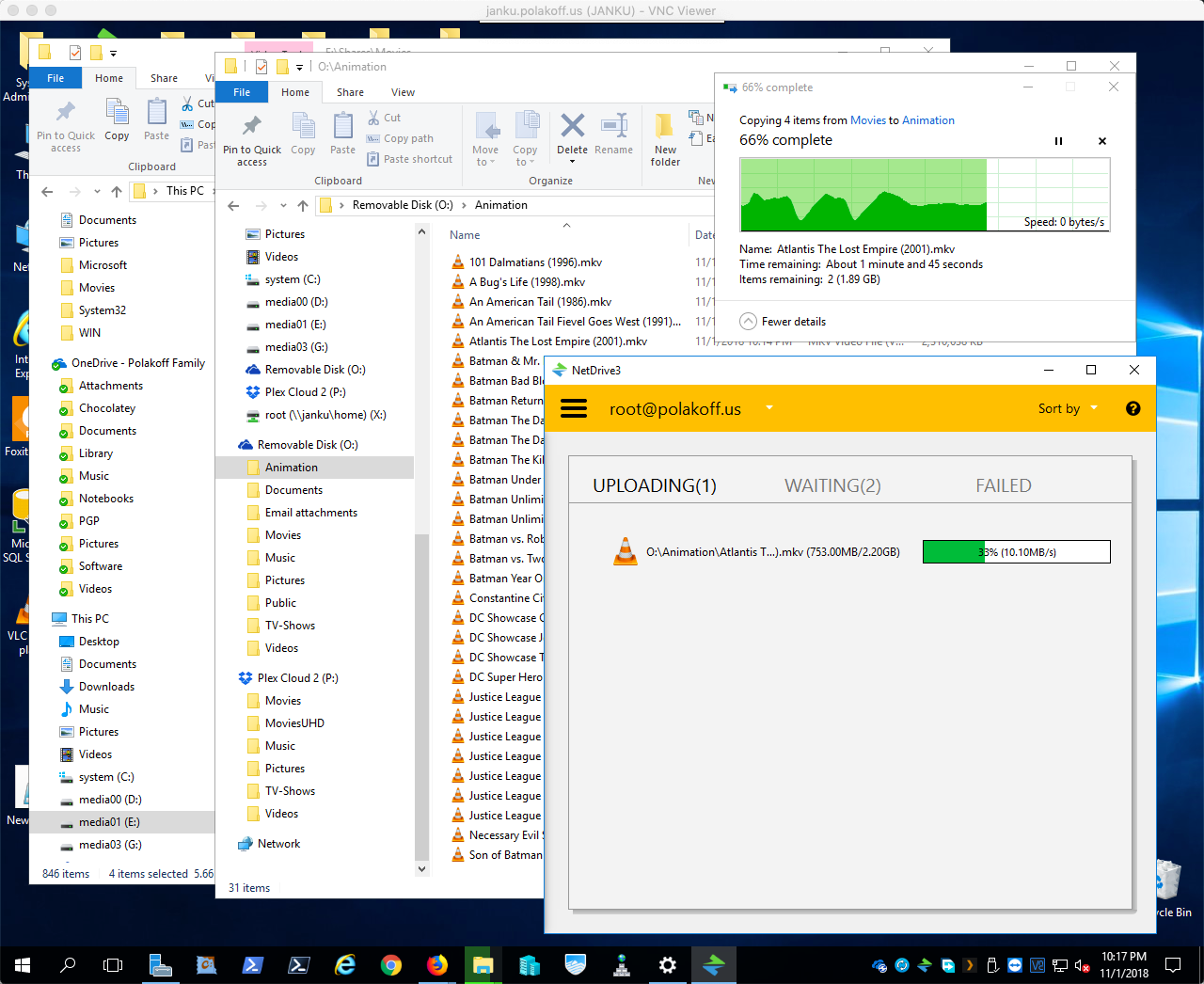

Inexpensive and easy way to share personal, temporary, or non-critical information

Supports odd characters in file names or folders Supports large file sizes that can cause performance issues if in the cloud Supports vertical proprietary application formats or inter-linked/embedded documents including spreadsheets, engineering drawings, published compound documents
#Netdrive speed limit software
Provides an environment to develop database applications or software code in a way that cloud storage does not Low cost - 5% cost of traditional ECM per document, several time the cost of cloud collaboration systems – means a mass migration without filtering or culling can drastically increase budgetsĥ0% of your content is already there.If there is no added value from transforming it to a new location, you should consider alternatives How do you know what files belong to the people who recently left the organization? The content itself doesn’t sayįile shares also make it difficult for individuals to meet their obligations to effectively manage information: No logical place to put event-based retention trigger details. It is not easy to meet data privacy regulations requiring information about people to be produced or deleted as per privacy regulations like GDPR Often, 40% of file share content is “owned” by administrators Little protection from “Administrators” moving large clusters of information eliminating file ownership, create, and accessed date details. It is not feasible to technically protect record immutability or legal holds preservation It can be difficult for any one organization to keep up to date with latest cybersecurity technologies, versions, or practices It is a security risk just because there are so many ways to get to it, delete it, or exfiltrate it since 1995, long before the mainstream adoption of innovations like. Security on users and groups can easily get so complex and nested that administration is fraught with complexity and open holes New York’s speed limit on its major highways including more than 500 miles of Thruway has been capped at 65 m.p.h.

This makes searching and classification efforts substantially less accurate by function, system, event, entity, users or something else). No global controls between geo locations or functional areas means content is organized at the root level on different ad-hoc criteria (I.e. Finding “everything we know about xxx” can be extremely inefficient All of one department’s files, therefore, can end up scattered across 100s of servers, and 1000s of shares. Shares tend to be allocated across servers and NAS devices to level workloads.


 0 kommentar(er)
0 kommentar(er)
